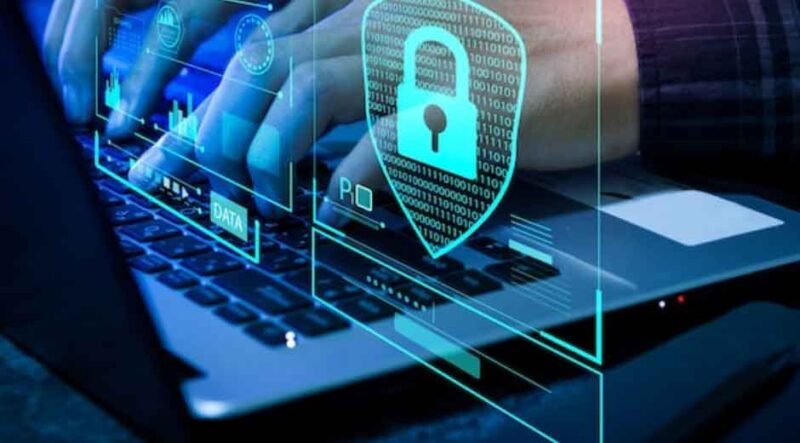
Streaming has become a major part of daily life, whether it’s watching live esports, binging a series, or broadcasting a personal vlog. But with so much activity online, account security has never been more important. Creators invest time and money into their channels, while viewers often store payment details or personal preferences on these platforms. If an account is hacked, the consequences can be severe, from stolen revenue to compromised privacy. That’s why streaming services put a lot of effort into keeping both creators and viewers safe through advanced security measures and proactive monitoring.
Two-Factor Authentication and Strong Passwords
One of the simplest but most effective steps for securing accounts is two-factor authentication (2FA). This adds an extra step during login, usually a code sent to your phone or generated by an app. Even if someone steals your password, they can’t log in without that code. Platforms also encourage users to create strong passwords with a mix of letters, numbers, and symbols. Regular password updates further reduce risks. While these measures may seem basic, they block a large percentage of unauthorized access attempts and form the first line of defense for any account.
Monitoring for Suspicious Activity
Security teams on streaming platforms constantly track unusual account behavior, like logins from unfamiliar locations or sudden changes in streaming settings. This is when advanced protection tools become really important. Some companies use managed detection and response (MDR) systems to spot and react to threats in real time. These solutions monitor data patterns, identify potential breaches, and act quickly to contain them before damage is done. For creators and viewers, this behind-the-scenes work offers peace of mind, knowing that someone is watching out for their digital safety 24/7 without interrupting their streaming experience.
Secure Payment Processing
For platforms offering subscriptions, tipping features, or paid content, securing payment information is a top priority. Reputable streaming services use encrypted payment gateways that protect card details from interception. Additionally, they comply with strict financial security standards, ensuring all transactions meet industry requirements. Some even offer tokenized payment systems, replacing sensitive data with unique codes to prevent exposure. These measures not only protect users from fraud but also help maintain trust between the platform and its community, which is essential for long-term success in the highly competitive streaming market.
Protecting Content from Theft
Creators work hard to produce videos, streams, and music, and no one wants to see their content stolen. Streaming platforms often deploy digital rights management (DRM) tools to prevent unauthorized downloads or redistribution. Watermarking can also deter theft by embedding unique identifiers into videos. For live streams, platforms may limit recording or put access controls in place to protect exclusive content. These protective layers help ensure that creators retain control over their work and can benefit from their creative efforts without having to constantly fight off pirates or imitators.
Educating Users About Online Safety
Even the best security tools can’t help if users fall for phishing scams or share their passwords carelessly. That’s why many streaming platforms provide safety tips, in-app warnings, and guides on spotting suspicious links or messages. Creators are often advised not to click on unfamiliar sponsorship offers without verifying their legitimacy. Viewers are reminded to stick to official payment methods and avoid sharing personal information in public chats. Education empowers users to take an active role in protecting themselves, making the entire streaming environment safer for everyone involved.

